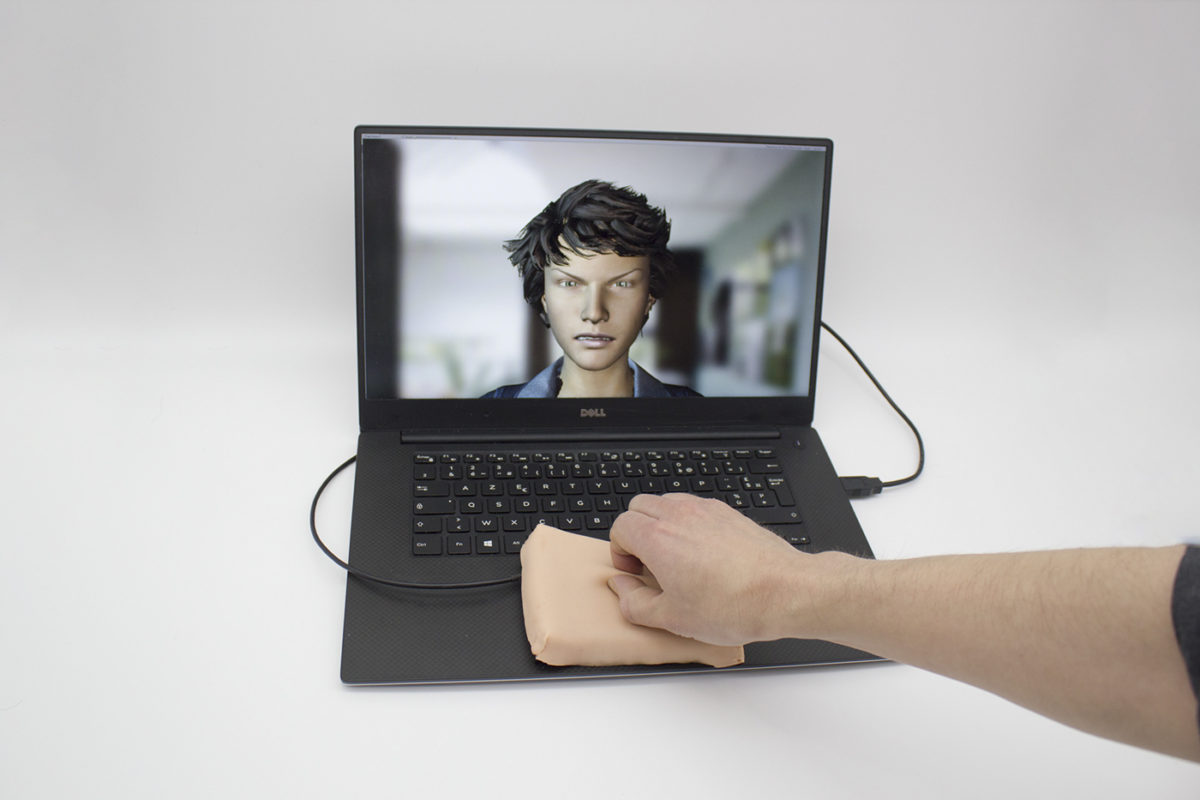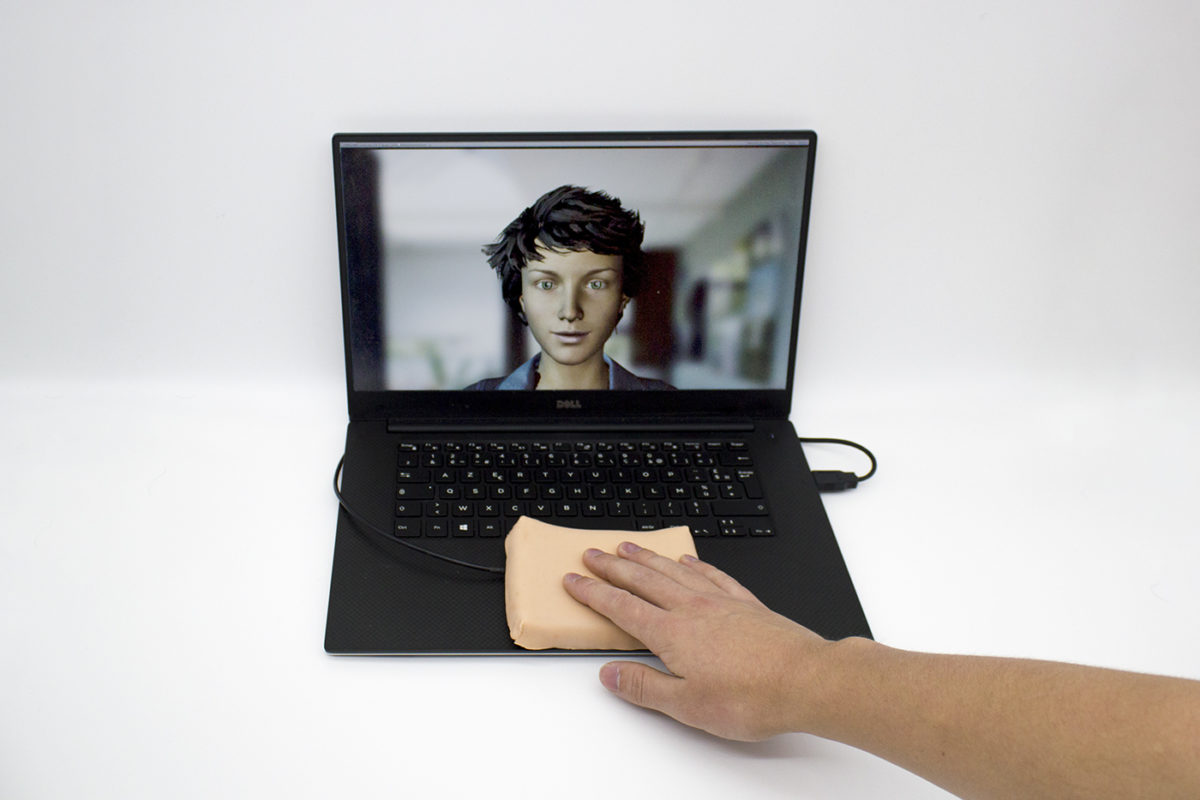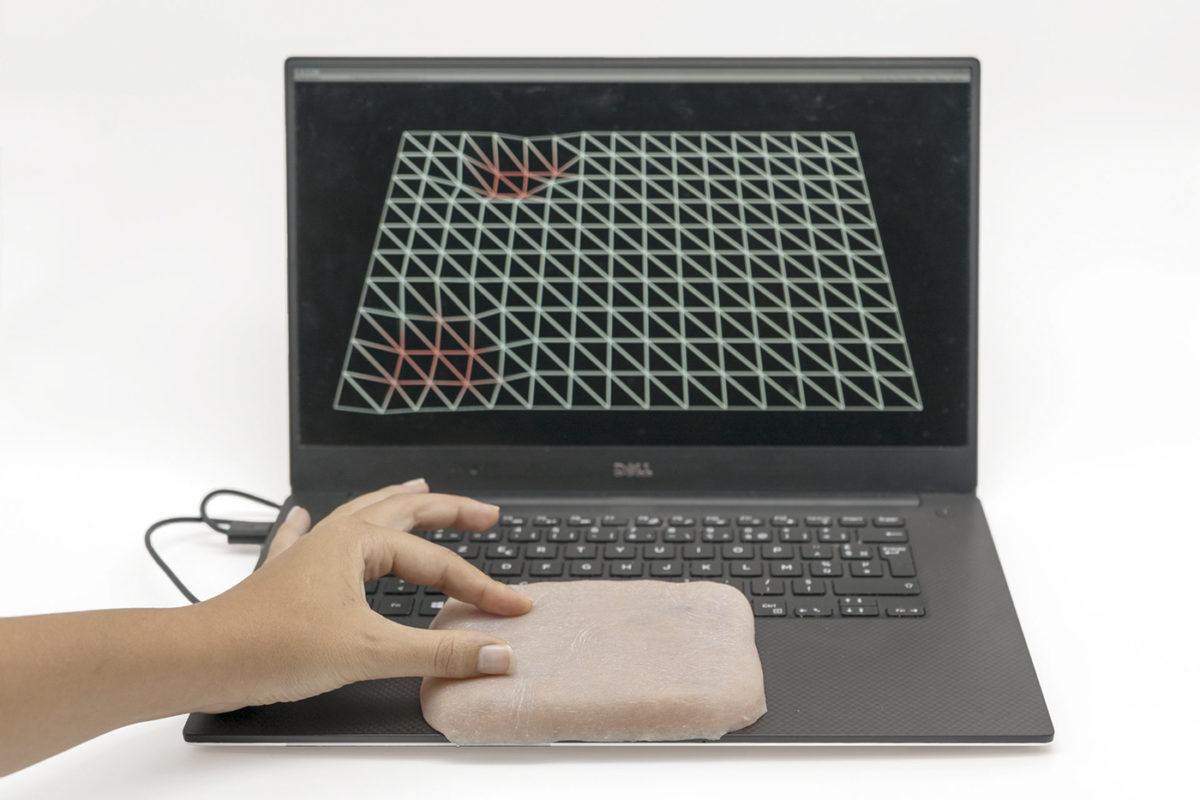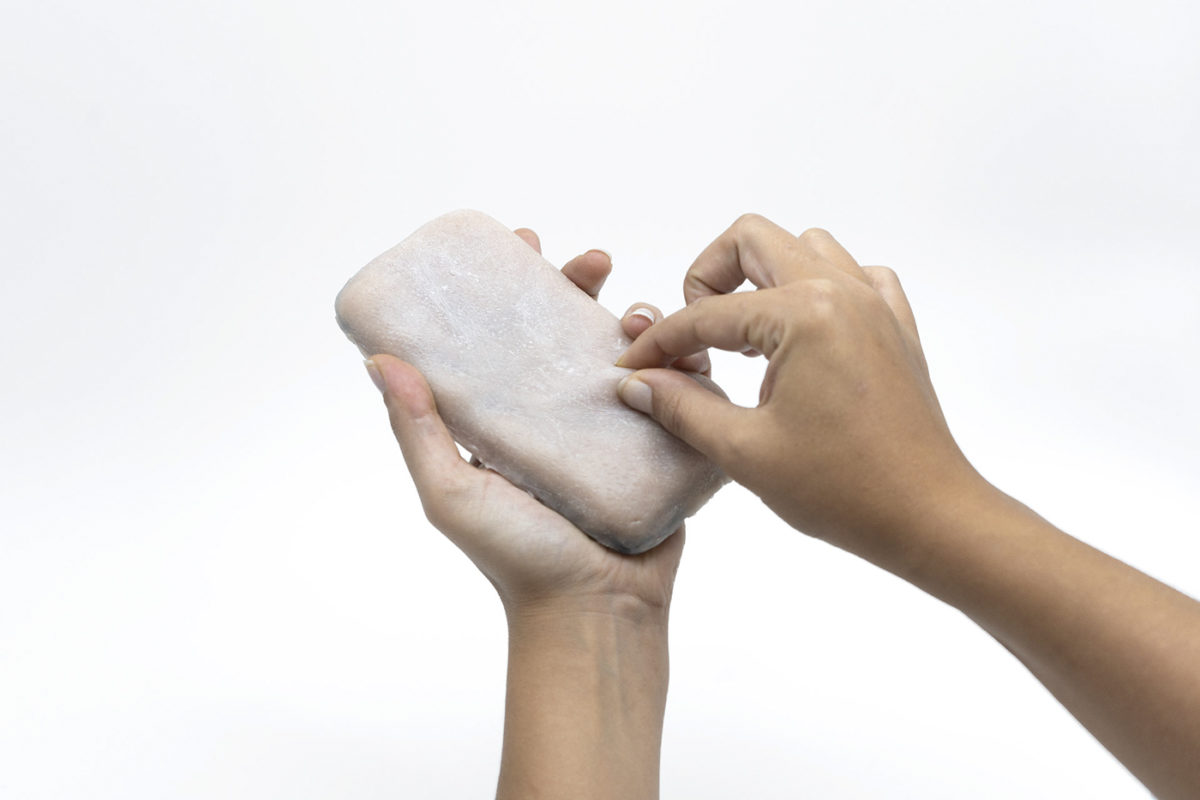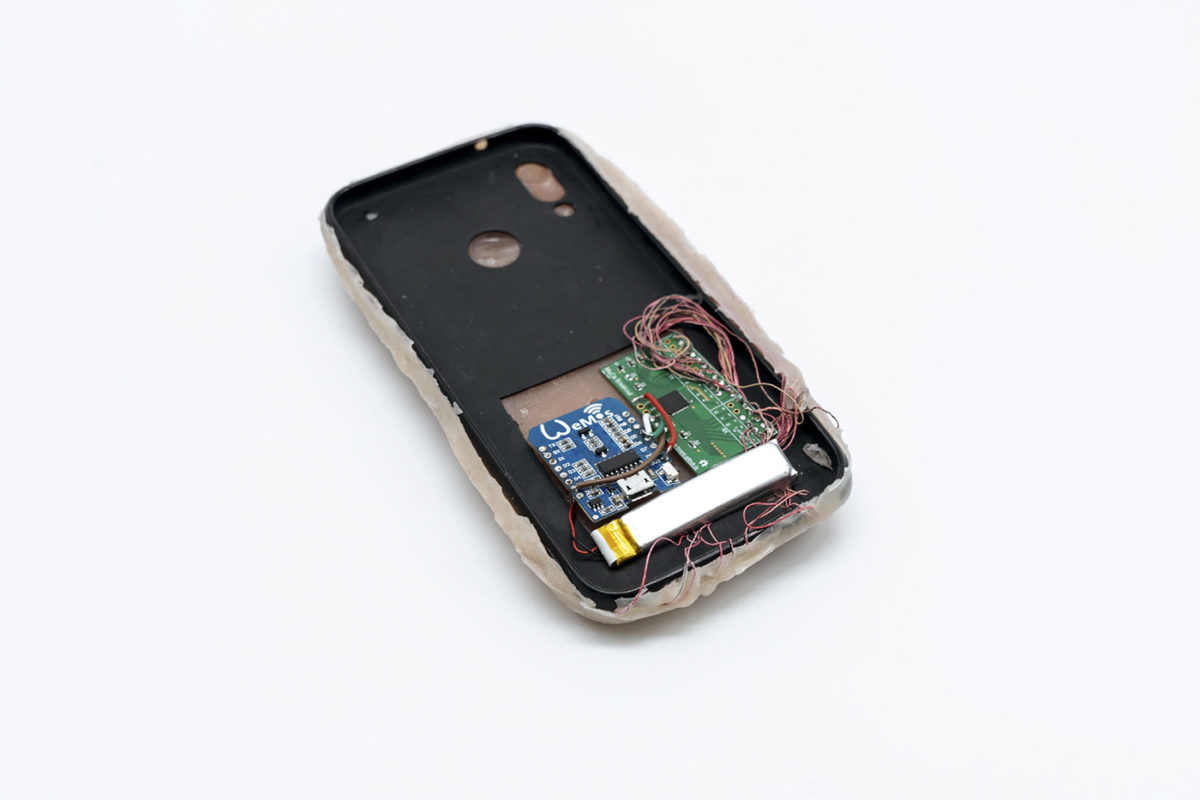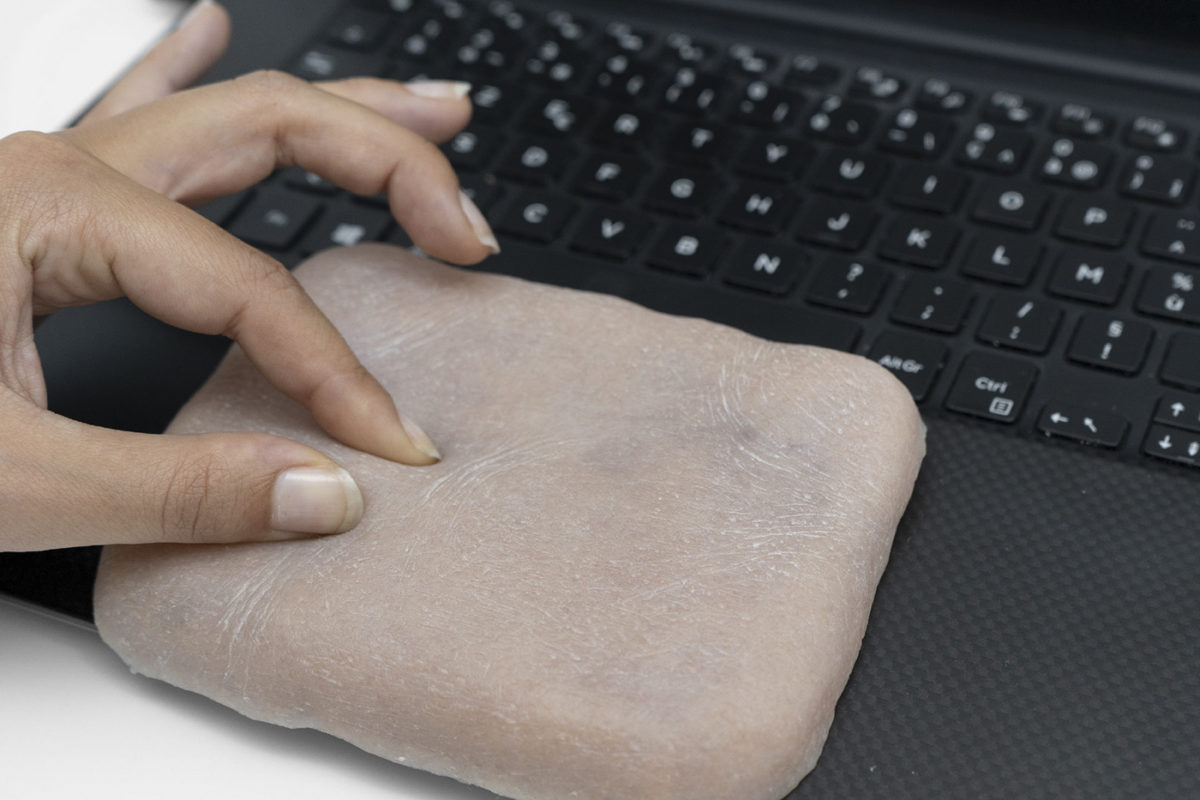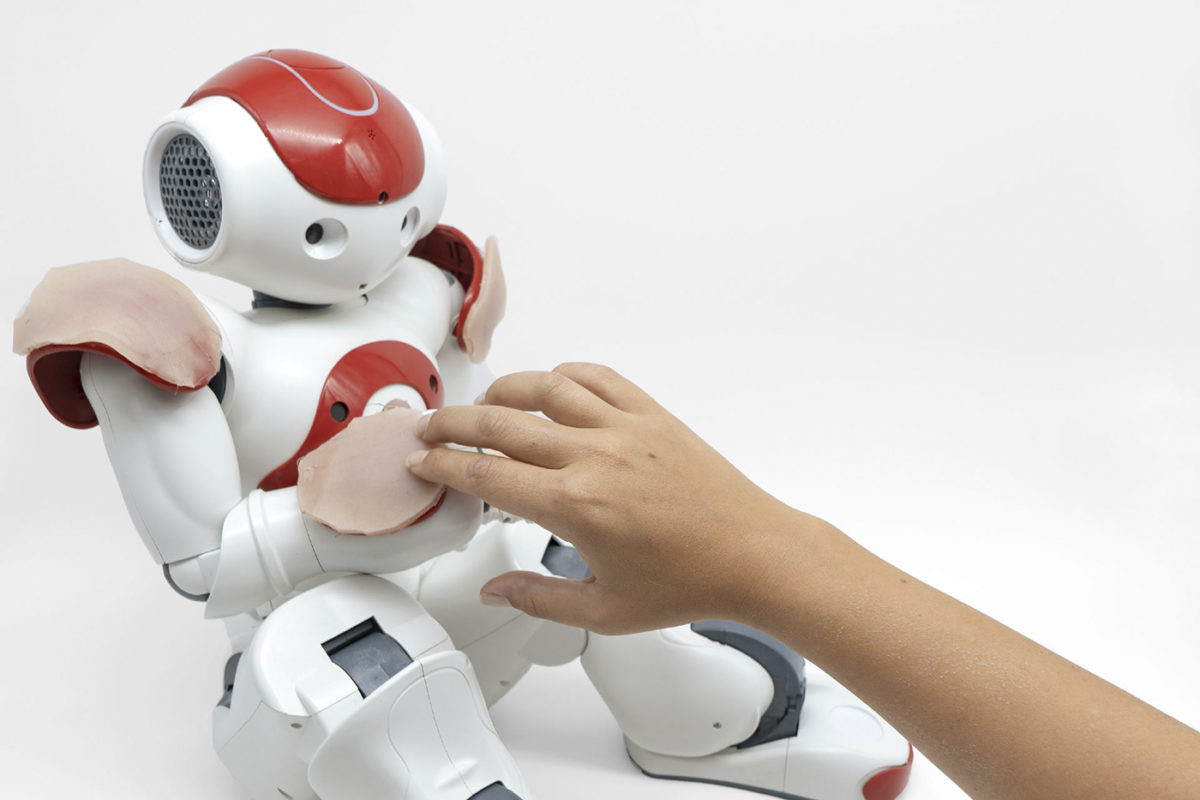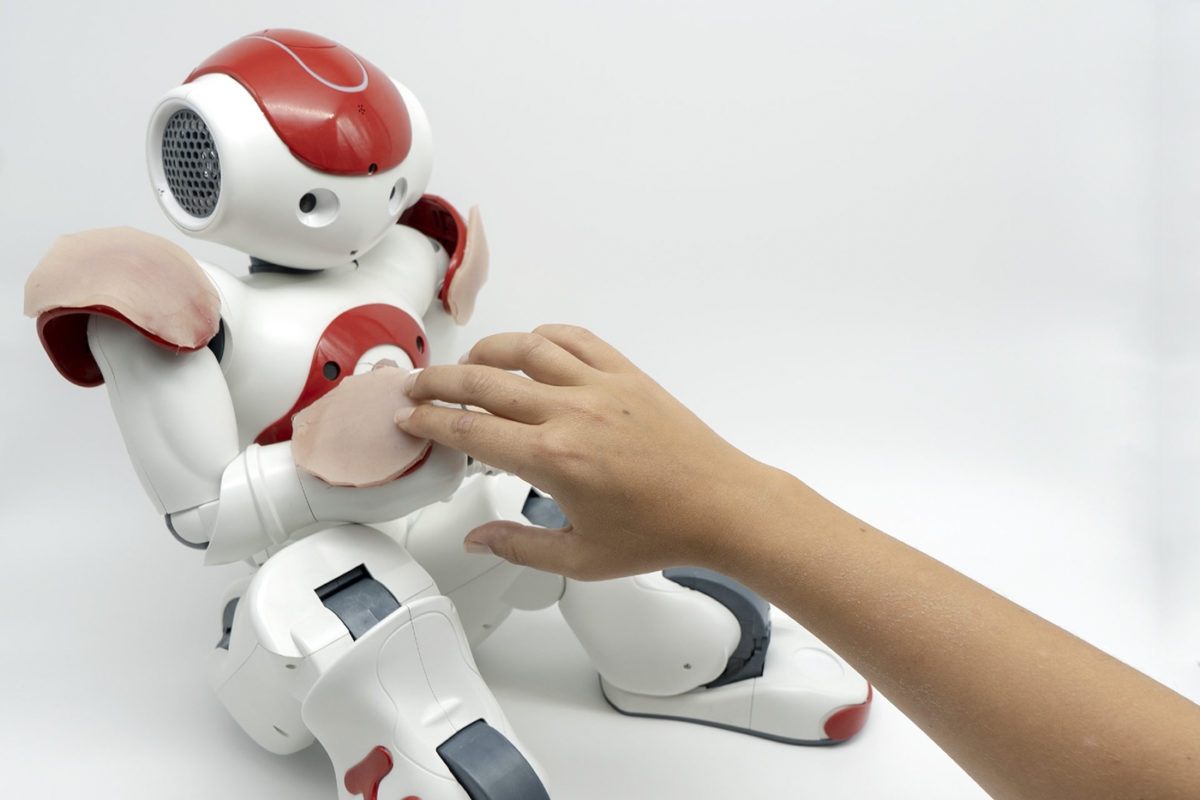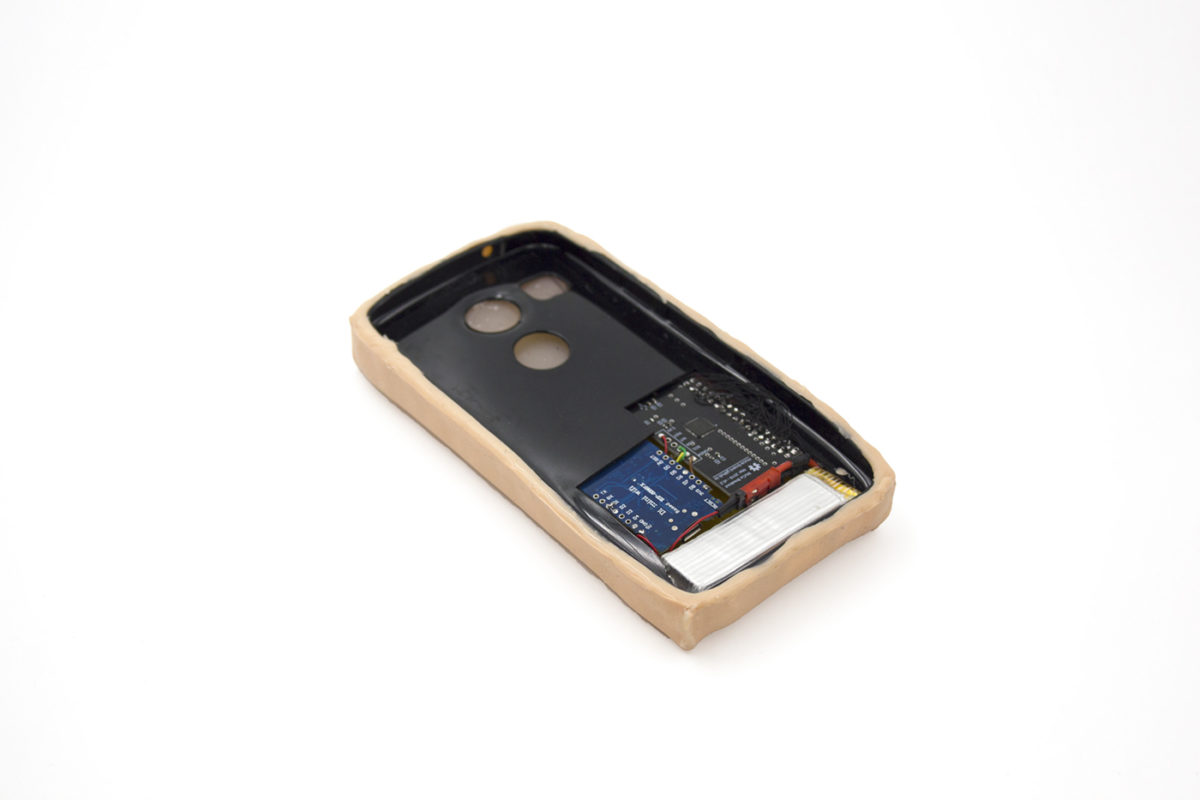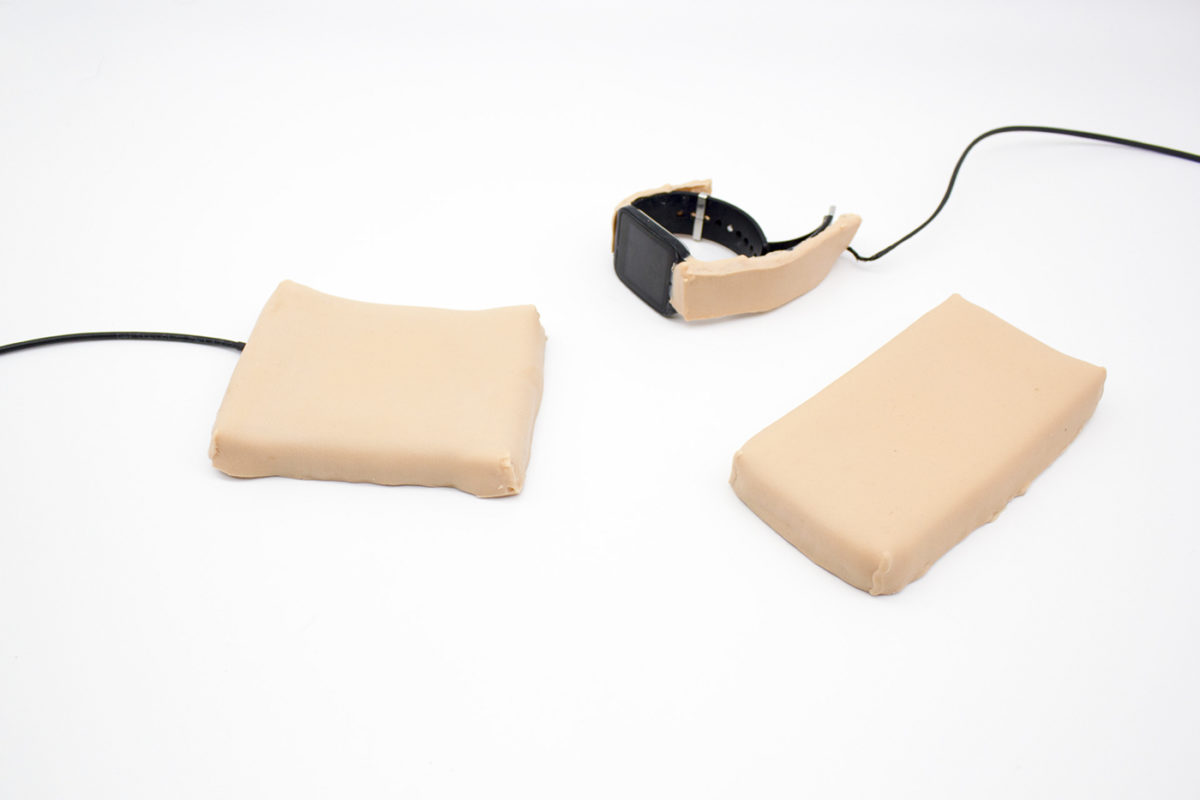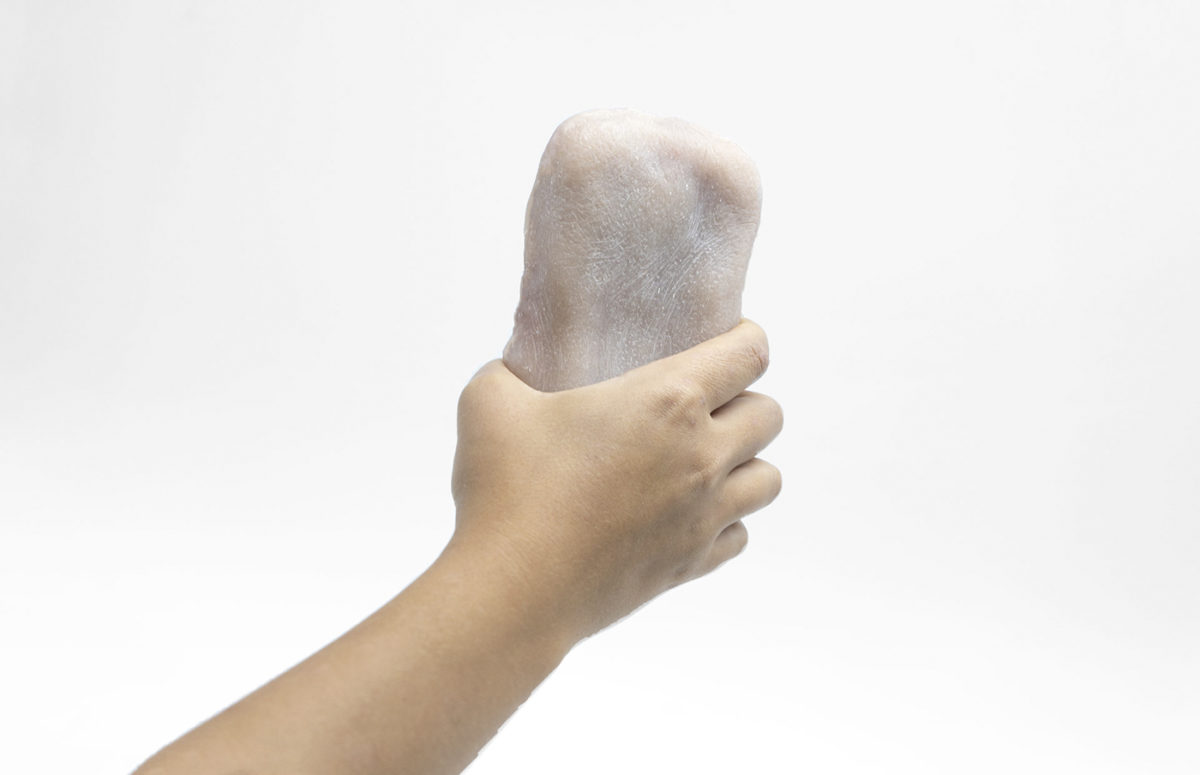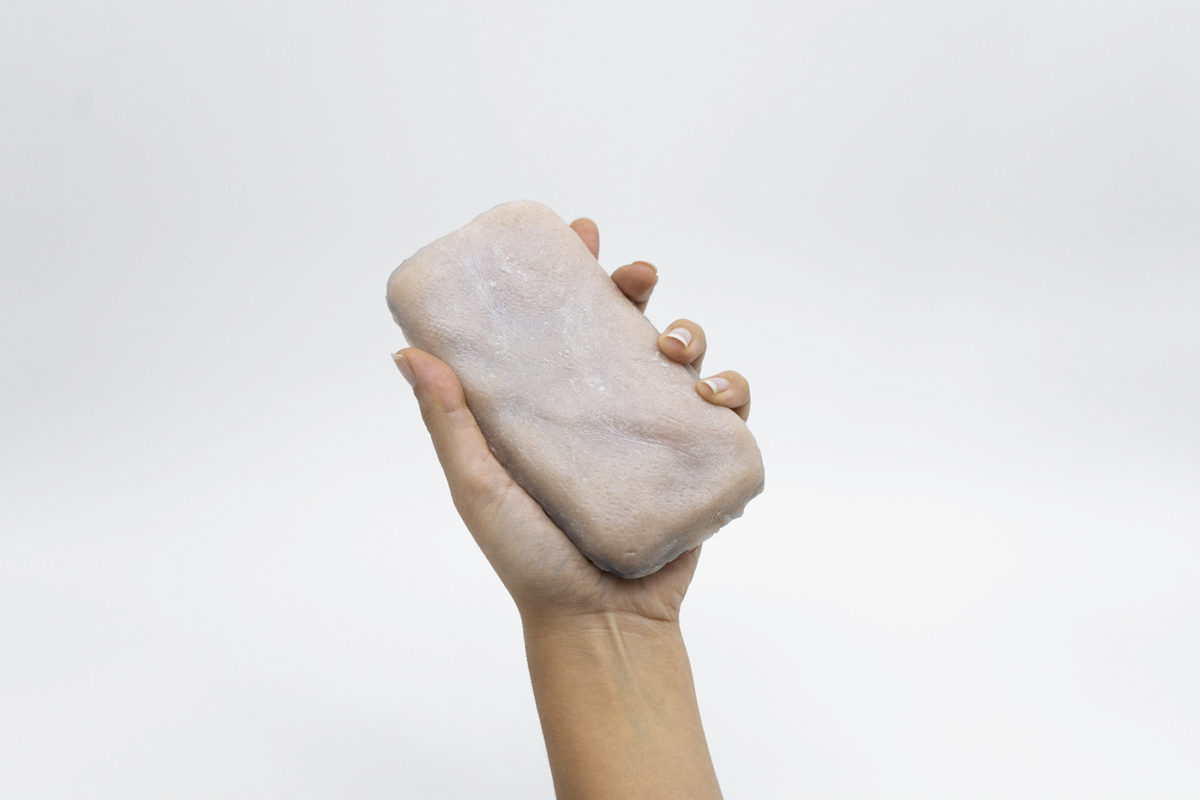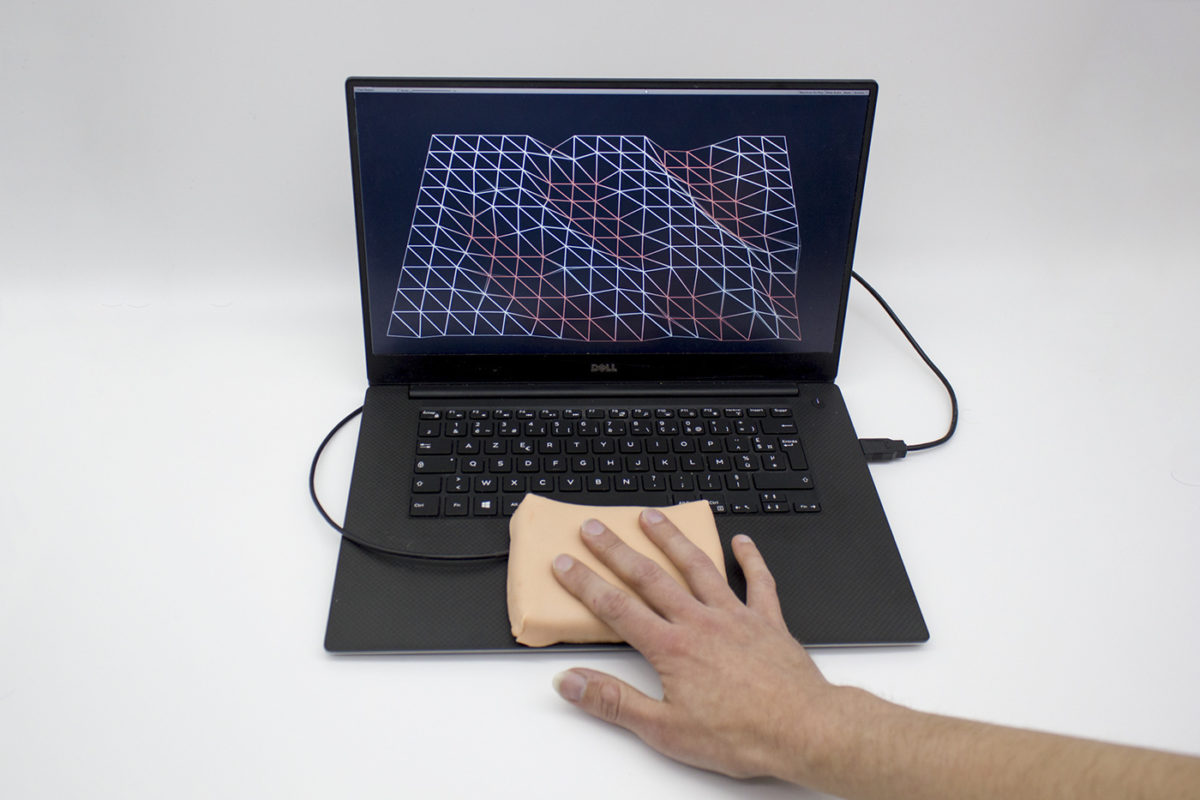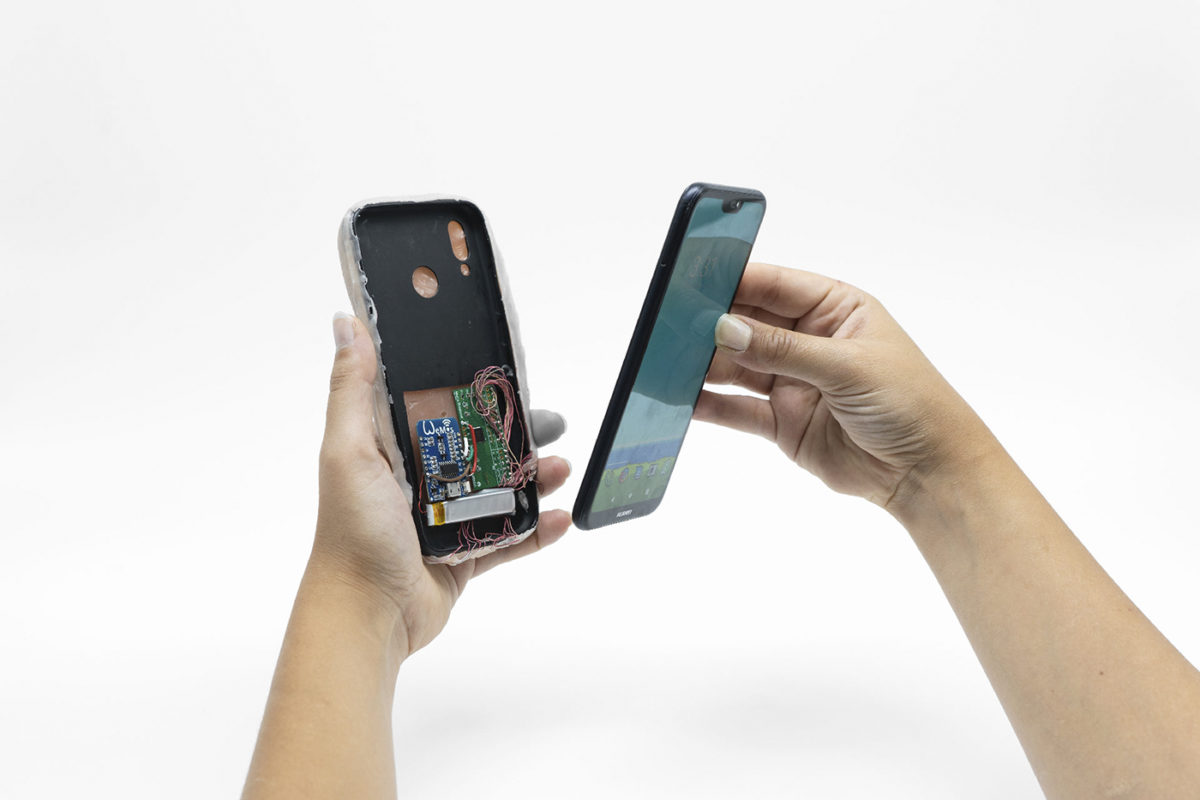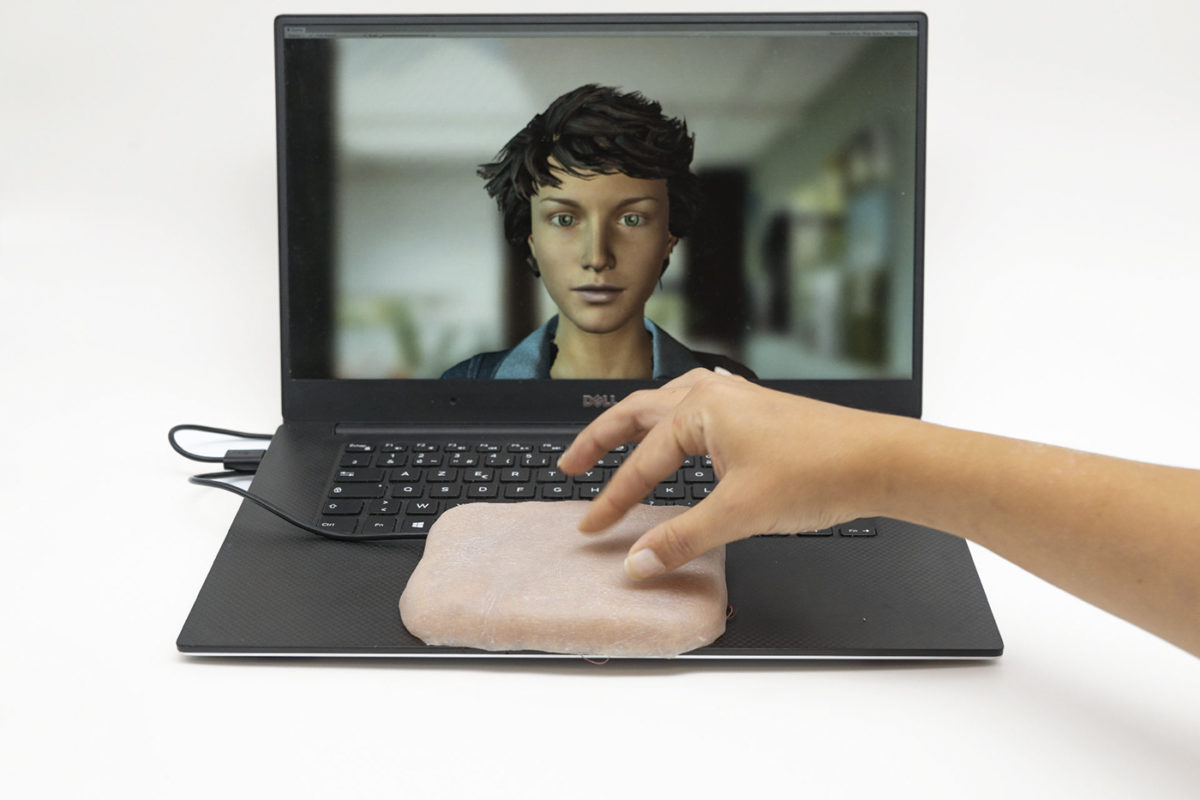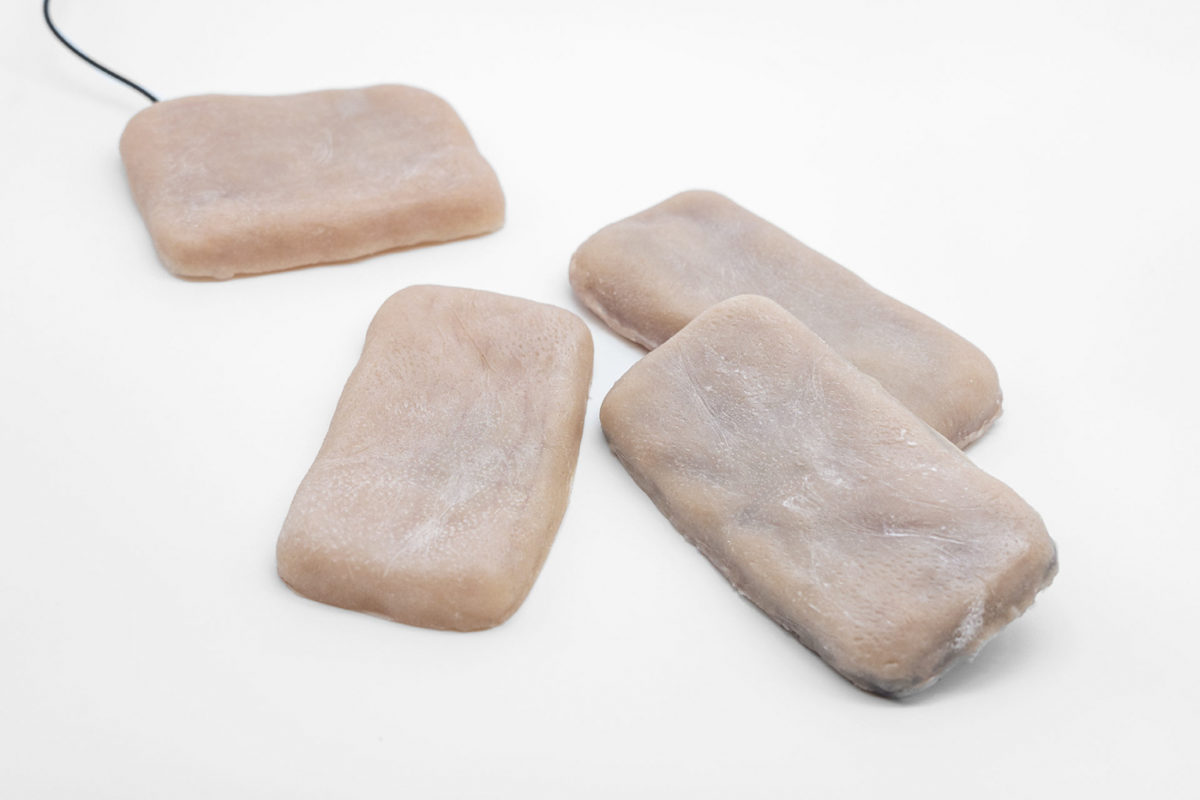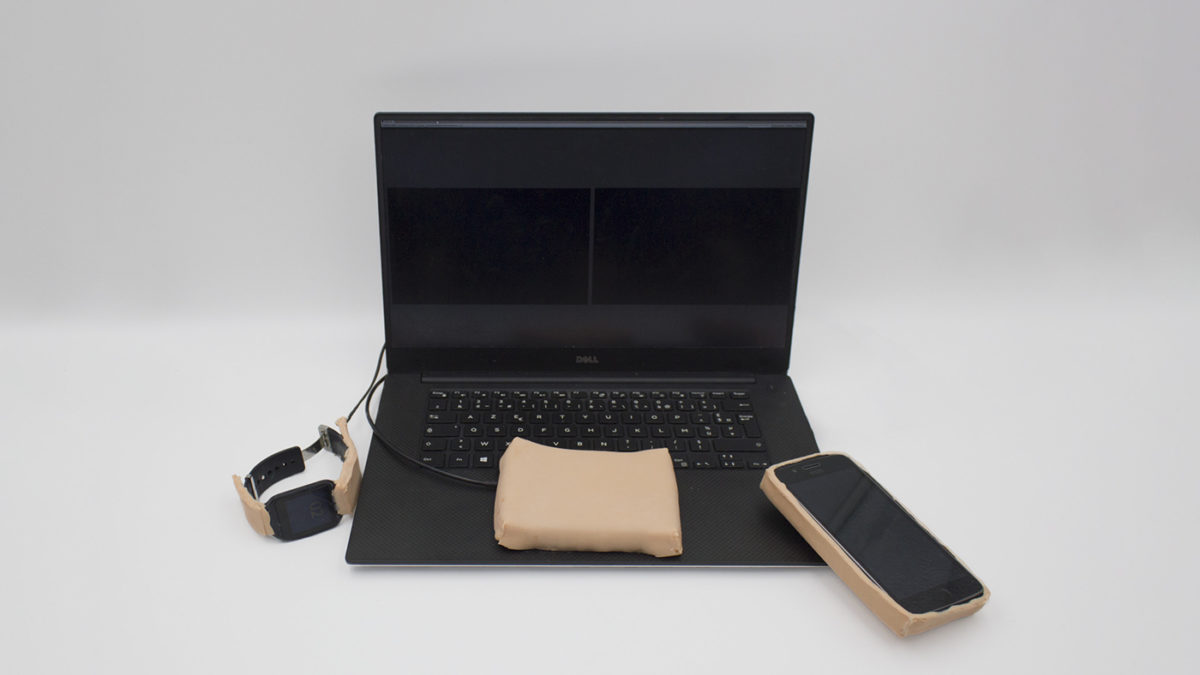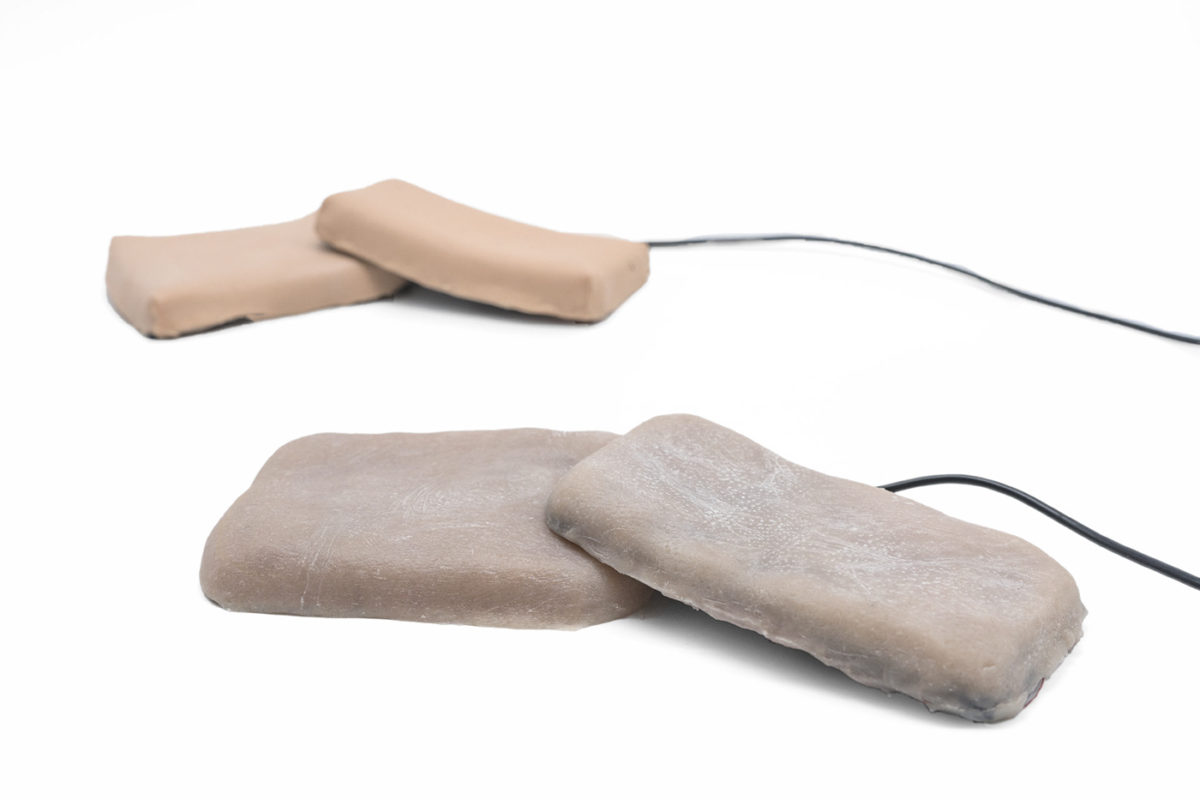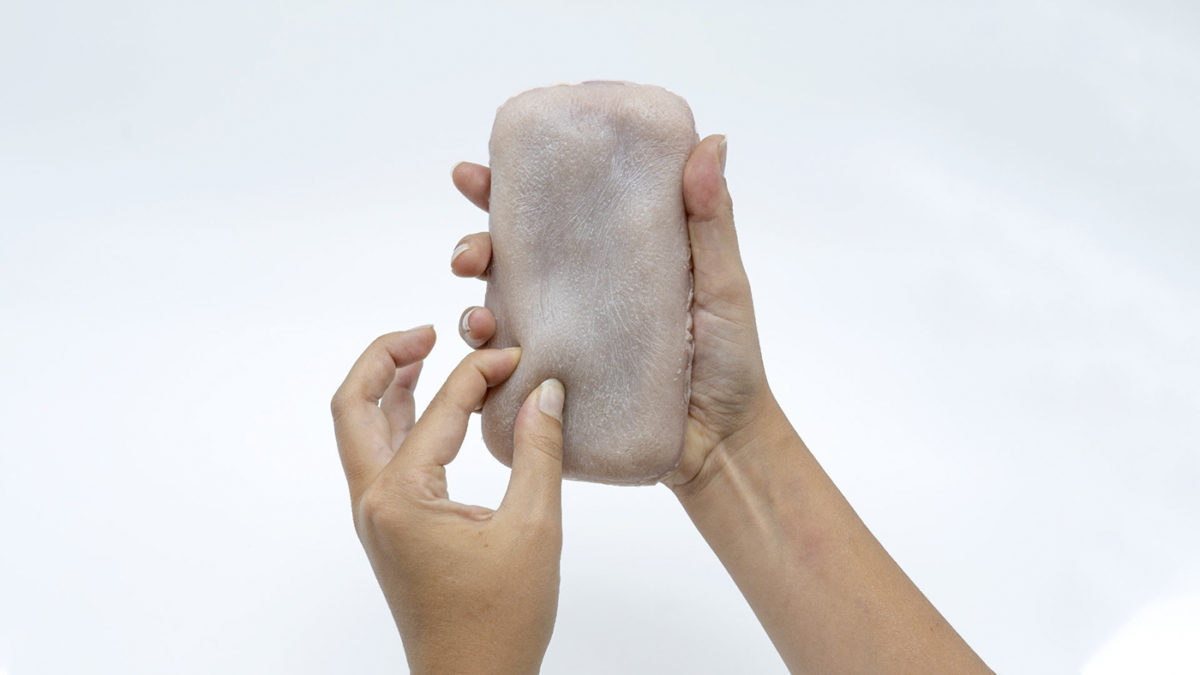
SKIN-ON INTERFACES
Skin-On Interfaces are devices that augment existing devices with realistic skin, it’s a research project made by Marc Teyssier, Gilles Bailly, Catherine Pelachaud, Eric Lecolinet, Andrew Conn and Anne Roudaut. It was conducted at Bristol Interaction Group, in Bristol UK. Researchers are from Telecom ParisTech, HCI Sorbonne Université and CNRS.
What is the Skin-On Interfaces? They’re sensitive skin-like input methods than can be added to existing devices to increase their capabilities. When we interact with others, we use skin as interfaces. However the objects of mediated communication – such as the smartphone – still has a cold interface that doesn’t allow natural interaction and input. In this project, researchers wanted to make available the perfect human interface – the skin – for existing devices.
v
To reproduce the skin layer was followed a bio-driven approach, where human skin was the inspiration to design the perfect artificial one.
- From a sensory point of view, lead researcher Marc Teyssier, a PhD student at Telecom ParisTech, studied how to reproduce the visual, tactile and kinesthetic aspects of the human skin. He used the silicone to mimic the skin deformability with reference to relevant literature and investigated how visual factors (color) and haptic factors (texture and thickness) impact user experience and the perception of realism.
- From a gestural point of view, the team explored how gestures naturally performed on the skin can be transposed to Skin-On interfaces. They used this knowledge to propose a series of gestures that are desirable for Skin-on interfaces (e.g. multi-touch, pressure and complex gestures such as strokes, stretching or grabbing).
- From a sensing point of view, researchers tried to reproduce a skin sensing layer that can track natural gestures with a spatial acuity comparable to human skin.
Marc also developed an Open Source and Open Hardware controller to enable DIY fabrication of multi-touch interfaces on unconventional surfaces such as human skin: The MuCa-Breakout. Skin-On Interfaces is also published in UIST 2019, 31st ACM User Interface Software and Technology Symposium.
Visit Skin-On Interfaces to know more about the project and to try it on your devices!
v

